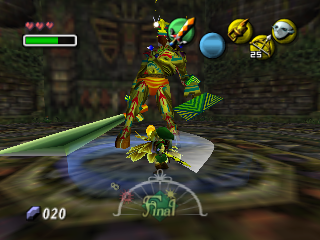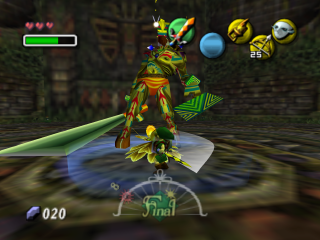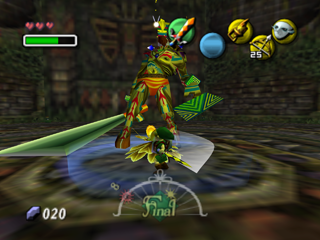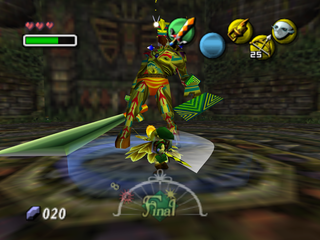I find myself often having to explain my policy on how rendering at large size and rescaling to smaller size is a good thing, and how anisotropic filtering and antialias should be maximized.
So I created these demonstration videos using POV-Ray to demonstrate the effects of different levels of filtering.
Each of these videos shows the same scene at 320x240 resolution. The sizes of the files vary from 2 MB to 7 MB.
Vanilla rendering: No antialiasing or anisotropic filtering.
http://bisqwit.iki.fi/jutut/kuvat/antialiasdemo/1x.avi
4x antialias and 4x anisotropic filtering:
http://bisqwit.iki.fi/jutut/kuvat/antialiasdemo/4x.avi
16x antialias and 16x anisotropic filtering:
http://bisqwit.iki.fi/jutut/kuvat/antialiasdemo/16x.avi
Ideal rendering (perfect):
http://bisqwit.iki.fi/jutut/kuvat/antialiasdemo/infx.avi
As one can see, each step reduces the amount of jitter that can be observed in the wall at the back. Each step also reduces the moire patterns in the texture on the floor and the ceiling, and smoothes the edges between the walls and the floor.
In display cards, the two filters are separate (antialias smoothes edges while anisotropic filtering reduces jitter), but in these renderings both are improved simultaneously.
The perfect video was rendered at 320x240 with the "+a +am2" settings in povray, i.e. recursively subpixel-rendering until the differences in neighboring pixels become insignificant.
Each of the other videos were rendered with no antialias settings, by rendering it at 1x, 2x and 4x sizes, yielding 1x, 4x and 16x respective quality improvements.
As one can observe, rendering at a double size and downscaling to normal size gives a significant improvement to the video quality, equivalent to a quadruple increase in the "anisotropic" and "antialias" ratings of the display card.
I would like to see our 3D renderings matching the "ideal (perfect)" setting, i.e. where no jitter exists or pixelation artifacts exist at all, but in practise, I will settle on 64x filtering (i.e. 16x hardware filtering plus 2x software scaling).
I hope no further justifications are needed. :)
Disclaimer: This may be slightly different from what the display card's hardware does. Still, the point stands that increasing the number of samples gives a better approximation of the original intent and reduces jitter etc. artifacts, when perfect representation is not available. (I.e. it applies to 3D content and _some_ 2D content, but not bitmap content such as NES videos.)


 Bilinear:
Bilinear:
 Bicubic:
Bicubic:
 Lanczos (Best):
Lanczos (Best):
 Comparing NN and Lanczos:
Comparing NN and Lanczos:
